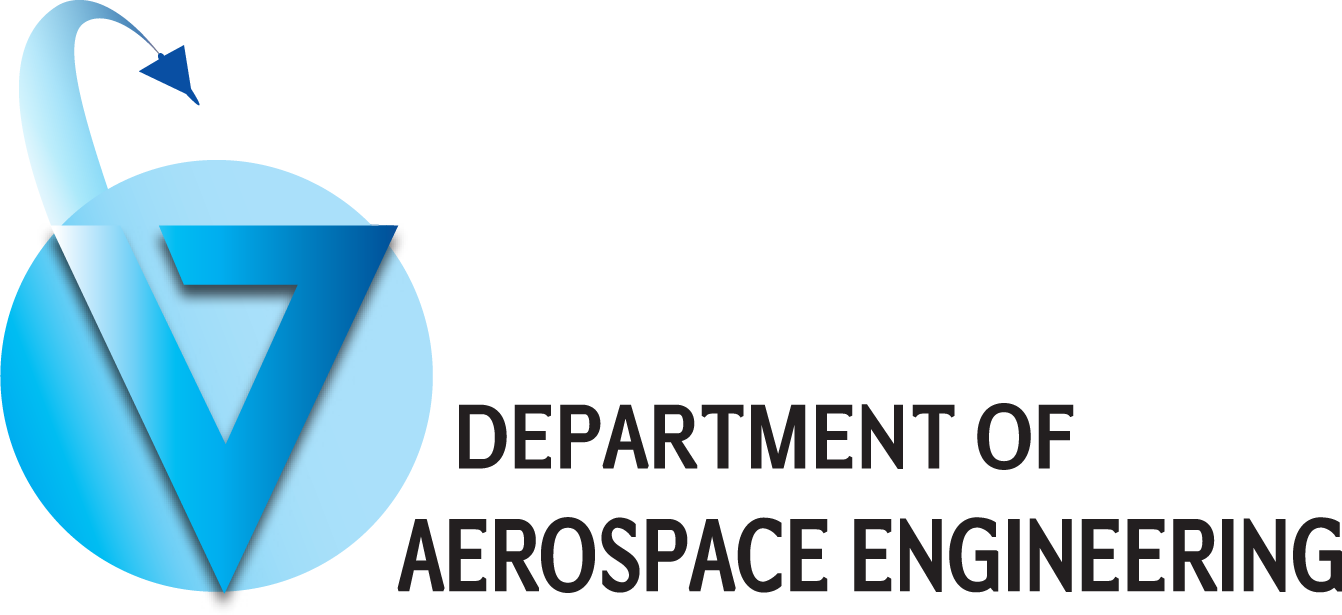RESEARCH ACTIVITIES
Current Research Activities (Primary research)
Subsonic flow mixing: Development of a modular prismatic facility to mimic the cold flow mixing observed in the annular combustor of a micro-gas turbine engine through flow field abstraction. Studying the flow mixing field in terms of flow kinematics and scalar transport using 2D PIV and iodine-based PLIF techniques through a high-repetition-rate laser system.
Transonic cavities: Identifying and attenuating the primary noise dispersion entities in a transonic flow cavity of different sizes and shaped through high-speed schlieren/shadowgraph imaging and 2D PIV measurements.
Supersonic and hypersonic shock-wave boundary-layer interactions: Understanding the primary reason behind the range of unsteadiness for the axisymmetric spiked blunt bodies in supersonic flow using high-speed shadowgraph and 2D PIV studies.
Hypersonic inlet buzzing: Understanding the unsteady throttling dynamics associated with the mixed-compression hypersonic inlet buzz through numerical studies. Identifying a universal scaling to find the dominant frequency of the buzz for a known hypersonic inlet design condition.
Numerical studies: Using the commercial flow solver, the following problems are being studied – the effects of end walls in a linear array of flow elements in representing the translational periodicity using RANS; Supersonic/hypersonic mixed compression inlets, and the inherent unsteadiness at different throttling ratios using URANS; shock-wave boundary-layer interactions observed in axisymmetric spiked bodies and rectangular blunt bodies using DES; supersonic confined jet mixing characteristics using LES;
DNS – Low Re Flows: Through Direct Numerical Simulation (DNS), wakes behind different two-dimensional polygons are studied – Modal analysis like POD and DMD provide insights into the wake distribution and variations in the self-similar regions – varying rotation rates produce sufficient lift and flow control – useful towards heat exchange design and pollutant dispersions – the different intensity of fluid-structure interactions.
Previous Research Activities
Primary studies
Particle seeder: Development and integration of modified Laskin nozzle-based atomizer, mister, and vapor generator for seeding the high flow rates encountered in the supersonic tunnels, jet facilities, and hypersonic shock tunnels towards PLMS, PIV, and PLIF studies.
Supersonic ejector flow visualization: both rectangular and axisymmetric using planar laser Mie scattering (PLMS) techniques at higher acquisition rates.
Rectangular supersonic ejector: flow kinematics and scalar transport studies using two-dimensional particle image velocimetry (PIV) and acetone planar laser-induced fluorescence (PLIF). Near-field noise measurements to understand duct acoustics and shock oscillations.
Supersonic conical and lobed nozzle: High-speed nano-pulse exposure schlieren/shadowgraph studies, PLMS, PIV, and PLIF towards the flow mixing characterization in a free jet environment. Near-field noise measurements to understand jet screech and turbulent mixing noise.
Data-driven methods: Processing and understanding the flow mixing behavior of high-speed jets using modal decomposition techniques from passive scalar-based image visualization techniques.
Ground-effects of projectiles: Experimental and computational (RANS) studies of ground-effects on the terminal ballistics of projectiles and the deviant trajectory estimation through the point-mass approach.
Co-assisted studies
Rectangular supersonic wall jet: Aeroacoustics and shock interaction studies using high-speed schlieren, 2D PIV, and unsteady pressure measurements.
DBD plasma-based flow control on subsonic and supersonic wall jets: flow kinematics studies using two-dimensional PIV, and schlieren imaging.
Blast waves: Imaging of blast wave from regular shock-tube, conical shock-tube, and Reddy tube using high-speed schlieren, color-schlieren, and shadowgraph.
Miniature shock-tubes: Identifying the OH radicals behind the blast wave using OH-PLIF from the in-situ designed miniaturized detonation driven shock-tubes.
Hypersonic shock tunnel: Measurements of spatiotemporal density non-uniformities in the freestream flow emanating from the hypersonic shock tunnel nozzle using humid air, acetone, and carbon dioxide-based laser scattering in both low and high enthalpy tunnels.
Hypersonic shock tunnel in Ludwig mode: Integration of laser-based optical flow diagnosis for PLMS studies. Experiments in a hypersonic jet in cross-flow, mist-based surface cooling studies of bodies at hypersonic speeds, and visualization of shear layer interactions of spiked bodies in hypersonic flows.
Auto-rotation of plant seeds: Flow kinematics studies using 2D-PIV measurements and tip vortices visualization using laser scattering methods in the small vertical subsonic tunnel.
Micro-biological studies: High-speed imaging of rotifers (microorganism) behavior during the feeding time towards the understanding of the biomechanics of the organism and flow kinematics around the habitat.
Breathing studies: High-speed schlieren and 2D PIV measurements towards the identification of dispersion characteristics of human exhaust in the ambient and also to understand the thermal dissipation from the human body during yoga type of exercises.


